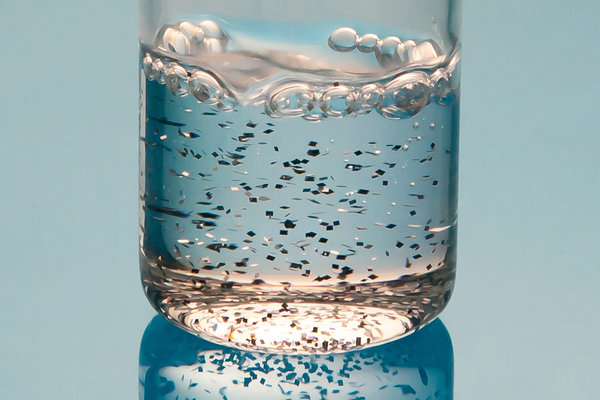Sidestepping Moore’s Law with Micro-Manufacturing
Despite decades of effort into shrinking down electronic circuits, computer chips of today are still made on relatively large wafers that pack no more than hundreds of circuits on their surfaces. But a new project funded by the NSF and DARPA aims to change that with the help of microscopic slivers of silicon called “chiplets.”
 The technology was displayed at Xerox's Palo Alto Research Center (PARC) as a part of a new electronics manufacturing system that will borrow from a Xerox invention that, until recently, had faded from consumer attention: the laser printer.
The technology was displayed at Xerox's Palo Alto Research Center (PARC) as a part of a new electronics manufacturing system that will borrow from a Xerox invention that, until recently, had faded from consumer attention: the laser printer.
By using a laser printer-like machine, PARC is able to precisely place tens or even hundreds of thousands of these tiny electronic circuits on a surface at the exact right location and orientation.
The chiplets could be used in microprocessors, memory or a number of other circuits present throughout a computer. But their applications aren't solely digital; they can also be used as analog microelectromechanical systems (MEMS) that are capable of sensing heat, pressure or motion.
If the system is sufficiently refined, it would enable manufacturers to print circuitry for a number of electronics – from phones won't break when you sit on them to a robotic skin capable of tactile sensation.
While the manufacturing process could be used to assemble custom machines one at a time, it also opens the door for the 3D printing of entire systems that have circuitry built in from the get-go. Still, the researchers at PARC admit that this is merely the first step in establishing a process that is years away.
But what is perhaps more intriguing about this technology is its outright refusal to follow Moore's Law. Instead of trying to double the number of transistors crammed onto a chip, this technology looks instead to bolster computing power by sprinkling transistors across a much larger surface.
The chiplets first sit suspended in a fluid, but when they settle onto a surface they do so with the utmost precision, landing on a pattern of circuit wires at specific point of contact.
If the technology is a success, computing isn't the only industry that would see major changes. Circuit boards would no longer need to be assembled in factories, allowing for the global electronics supply chain to condense into something vastly more compact.
Full story at the New York Times










